Introduction to Orcas (Killer Whales) for CAD Designers
Orcas, commonly known as killer whales (Orcinus orca), are the largest members of the dolphin family and a prominent subject in marine engineering and architectural projects centered around aquariums, marine parks, or coastal infrastructure. Understanding the anatomy, behavior, and spatial needs of orcas is crucial for engineers, CAD designers, and architects working on marine-focused projects. This post aims to provide a technical overview of orca design considerations for integration into AutoCAD and DWG libraries.
Biological Characteristics of Orcas
Orcas are highly intelligent, social marine mammals recognized for their distinctive black-and-white coloration. Adult male orcas can reach lengths of up to 9 meters (30 feet) and weigh over 5,500 kilograms (12,000 pounds), while females are generally smaller. Their streamlined bodies and powerful tails make them apex predators, capable of swift movement and agile turns.
When creating CAD blocks or DWG models for orca-related projects, it’s important to include accurate dimensions and anatomical details. Key features to consider in your AutoCAD or DWG library include:
– Dorsal fin height: Up to 1.8 meters (6 feet) in males.
– Pectoral fin length: Approximately 1.8 meters (6 feet).
– Body width: Variable, but generally robust and torpedo-shaped.
– Distinctive color patterns: Black back, white chest and sides, and a white patch above and behind the eye.
Spatial Requirements for Orcas in Engineered Environments
Engineers and architects designing aquarium tanks or marine facilities must prioritize orca welfare and movement. Orcas require substantial water volume and space for exercise, social interaction, and enrichment. Recommended minimum tank dimensions for a pair of adult orcas typically include:
– Length: 24 meters (80 feet)
– Width: 12 meters (40 feet)
– Depth: 9 meters (30 feet)
– Water volume: At least 7 million liters (1.8 million gallons)
When drafting these environments in AutoCAD, ensure your DWG files reflect these minimum dimensions, with scalable blocks for different orca sizes and swimming behaviors.
Orca Anatomy and Movement Patterns in CAD Design
Accurately representing orca movement is vital for realistic simulation and flow analysis within marine structures. Orcas exhibit complex swimming patterns, including vertical and horizontal turns, rolls, and breaches. CAD designers should model these dynamic behaviors using articulated block sequences or parametric constraints within their DWG libraries.
Key technical considerations include:
– Turning radius: Orcas can make sharp turns, so designs should allow for a minimum turning radius of 3–4 body lengths.
– Breaching clearance: Vertical clearance above the waterline is essential for natural breaching behaviors, typically at least 5 meters (16 feet).
By incorporating these technical specifications, engineers can ensure that their AutoCAD models are both biologically accurate and technically robust.
Orca CAD Blocks and DWG Libraries
High-quality, parametric orca CAD blocks enhance project efficiency and accuracy. When building or sourcing orca models for your DWG library, look for the following features:
– Layered anatomy: Separate layers for skin, skeletal structure, and internal organs, if required for veterinary or research projects.
– Scalable dimensions: Easily adjustable to represent juvenile or adult orcas.
– Annotation-friendly: Include key labels for anatomical parts and measurement guides for quick reference.
– Compatibility: Ensure blocks are compatible with the latest AutoCAD and DWG file formats.
For engineers and architects, using standardized orca CAD blocks streamlines project workflows, from conceptual design to technical documentation.
Applications in Engineering and Architecture
Orca-focused CAD blocks and DWG models are essential in a variety of applications:
– Aquarium design: Accurate orca blocks facilitate layout planning, tank sizing, and visitor viewing areas.
– Marine research facilities: Enable precise modeling of holding pools, medical bays, and enrichment areas.
– Educational and interpretive centers: Enhance visual communication and learning through detailed orca renderings in architectural plans.
Conclusion
Integrating orca (killer whale) data into your AutoCAD and DWG library not only improves technical accuracy but also supports ethical and sustainable design practices. For engineers, CAD designers, and architects, leveraging detailed orca blocks ensures that marine projects meet both functional and welfare standards. Regularly updating your library with the latest orca data and adhering to industry best practices will enhance project outcomes and client satisfaction.
Optimize your marine engineering projects with high-quality orca CAD blocks and DWG resources today to achieve precision, compliance, and innovation in every design.
Please log in or register to download this file.
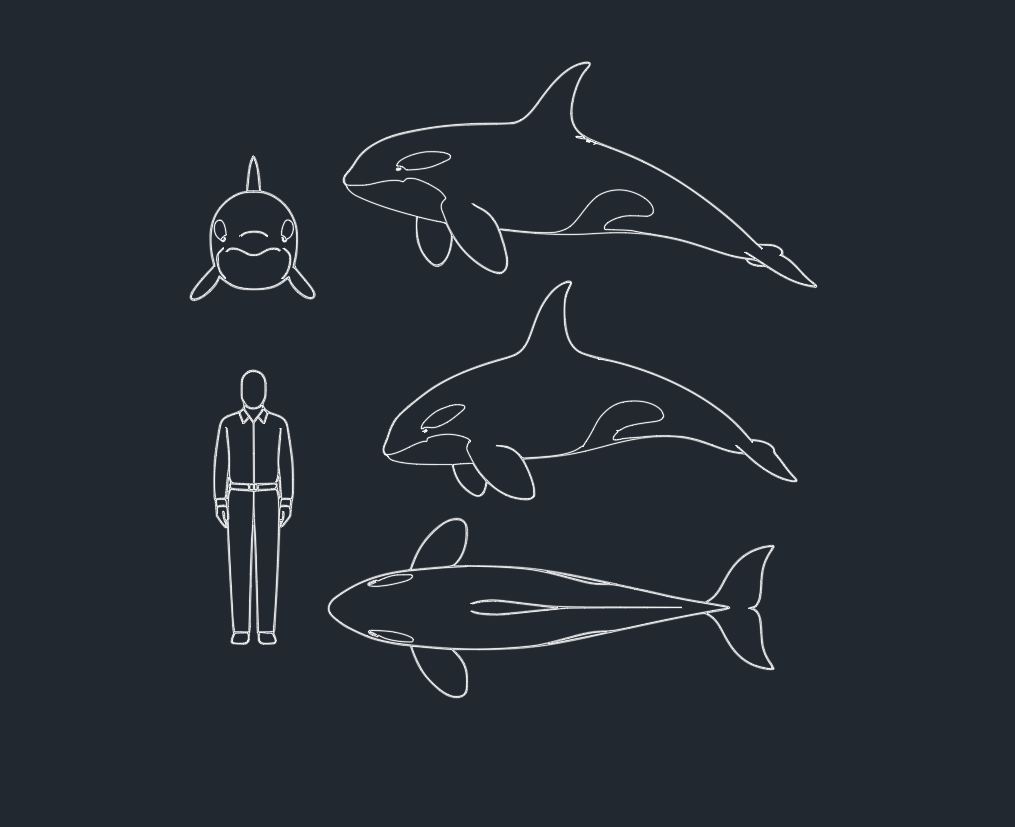
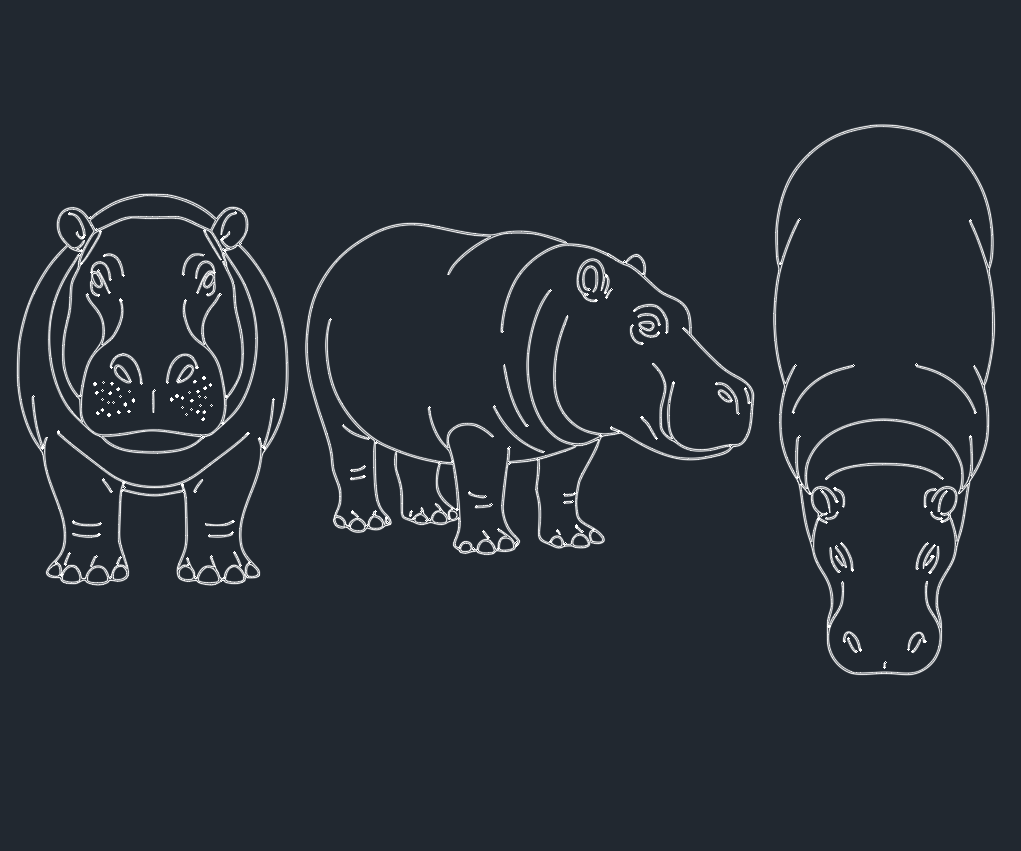
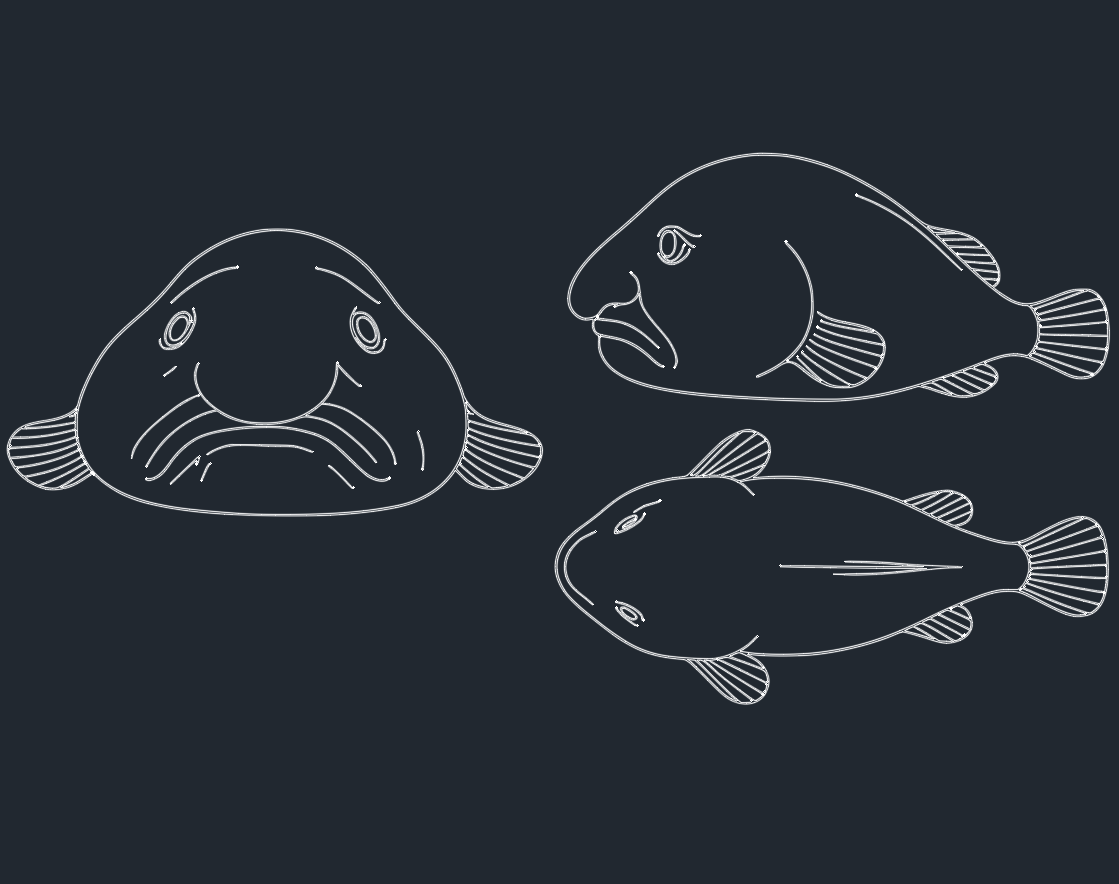
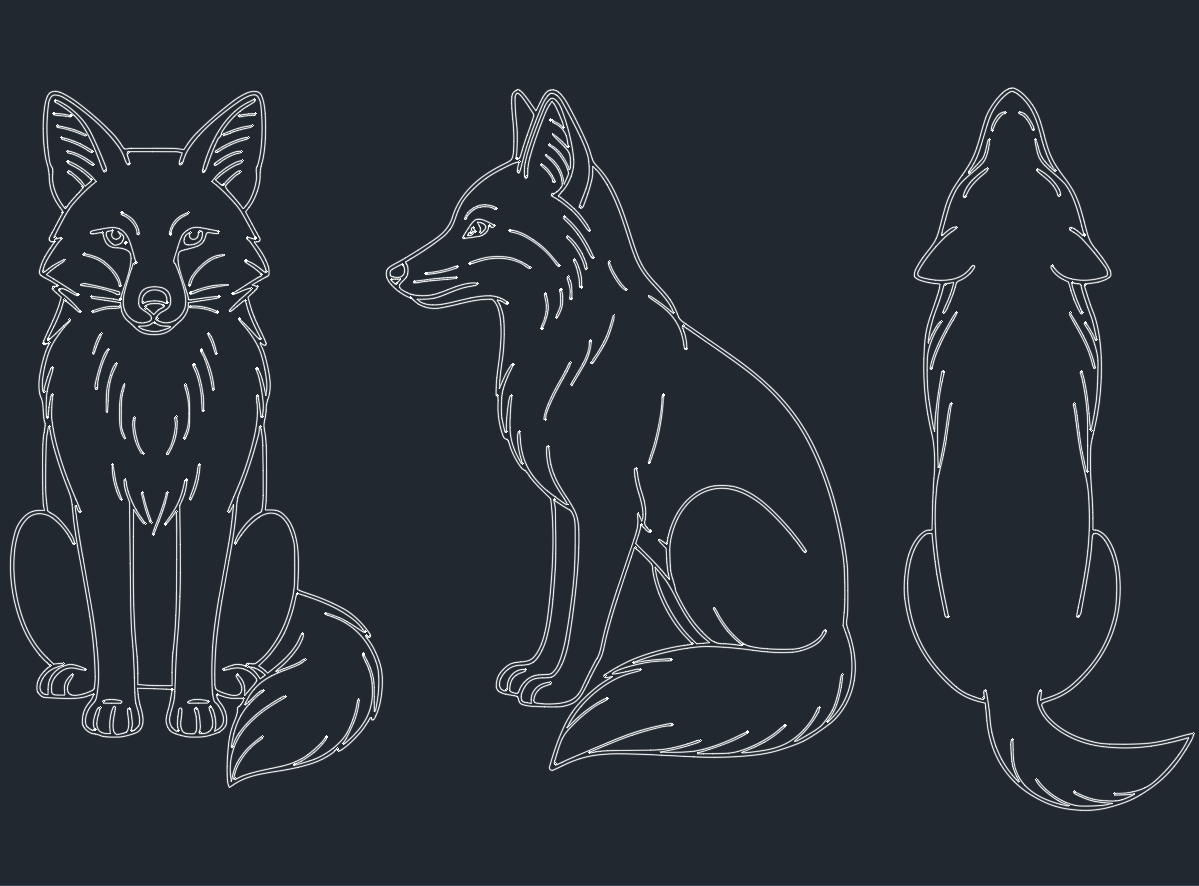
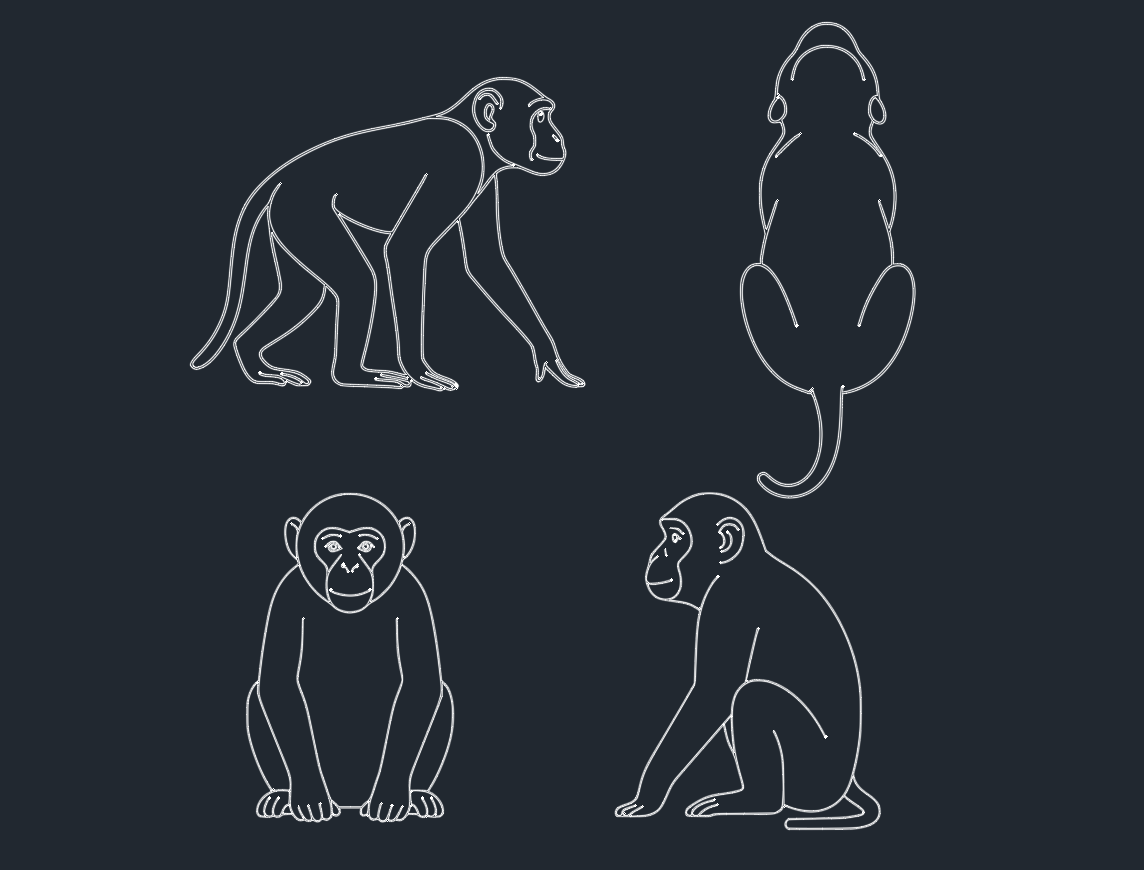
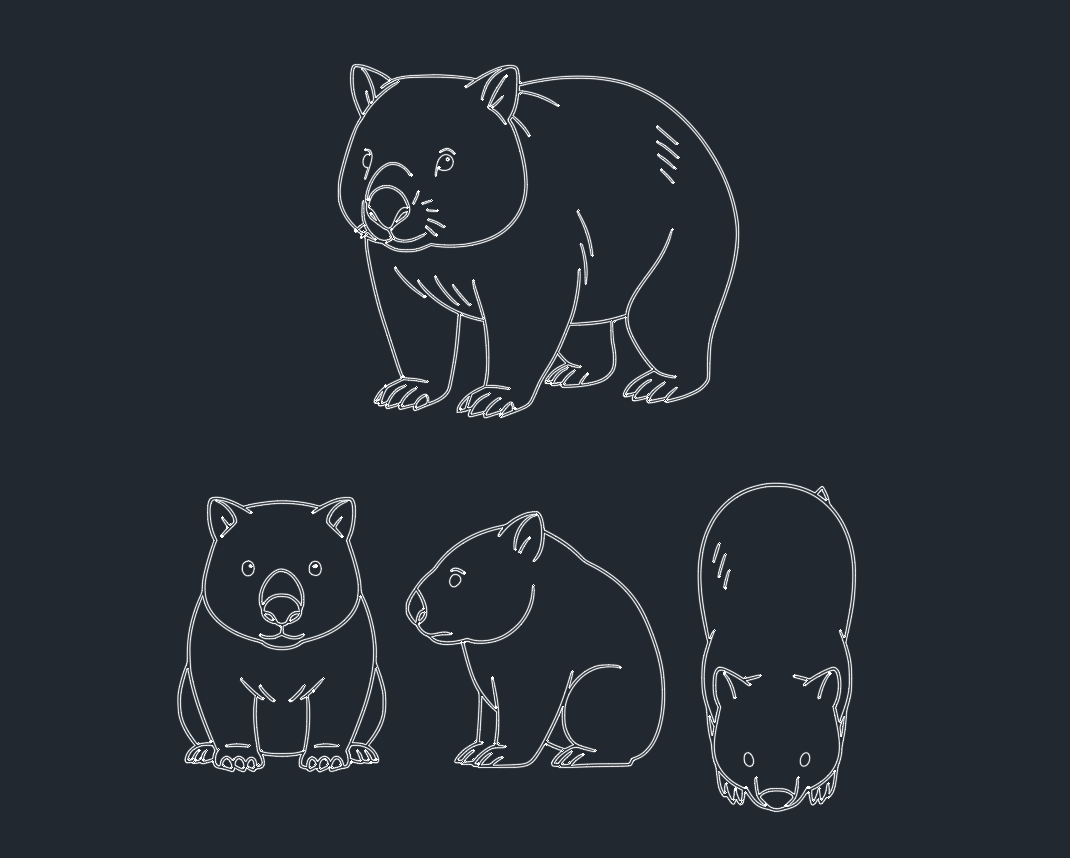
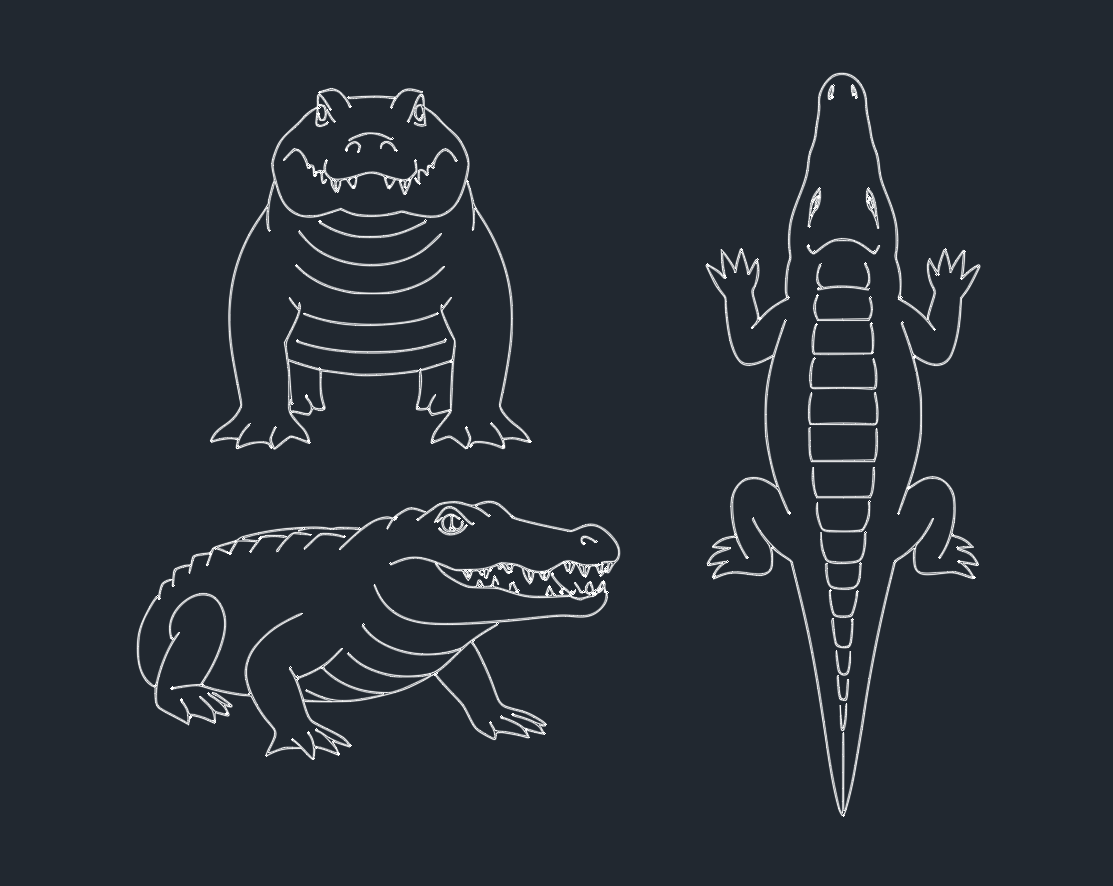
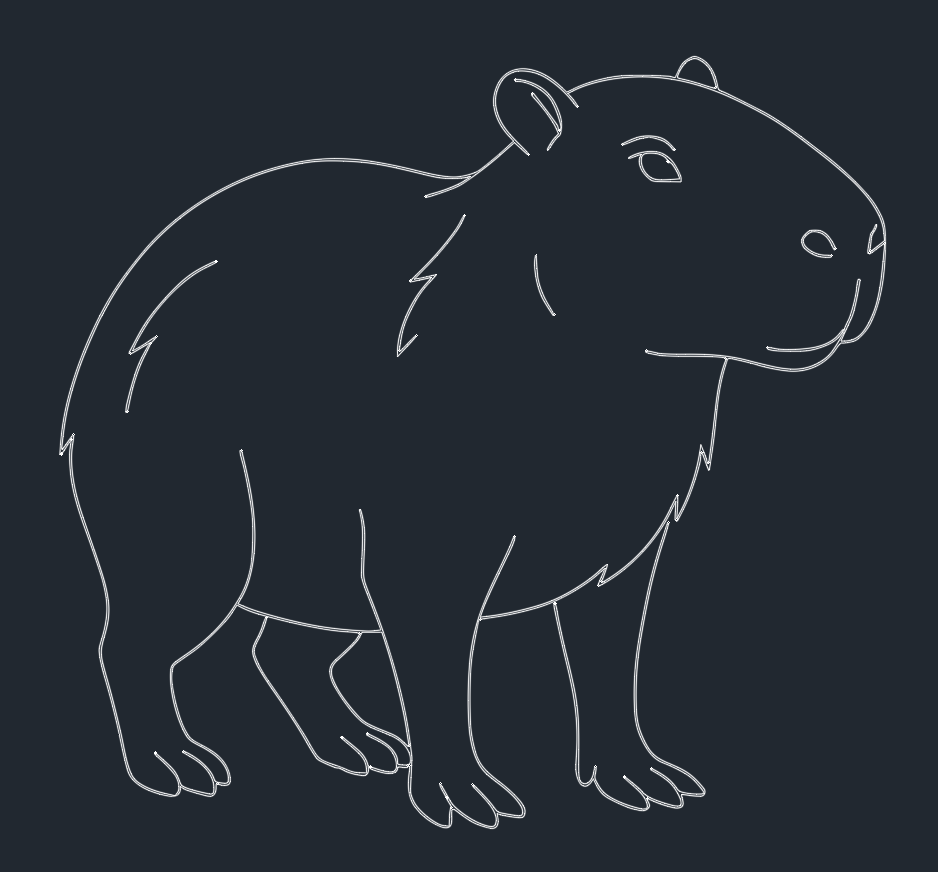
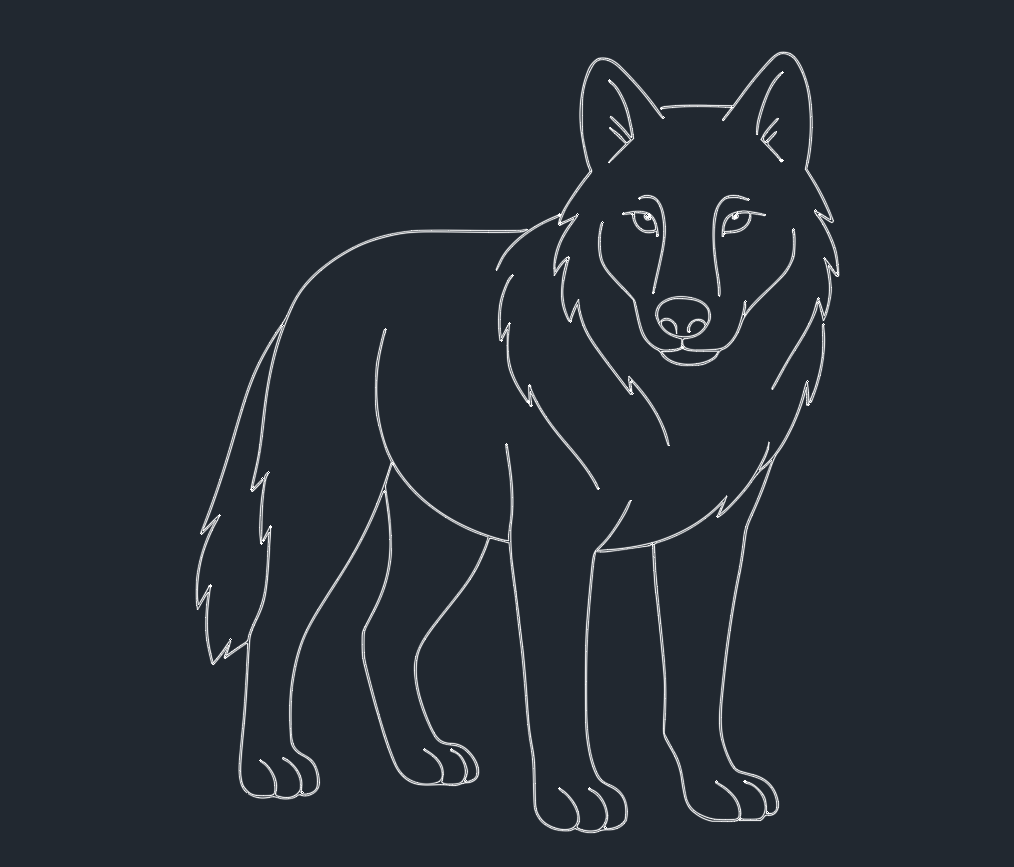
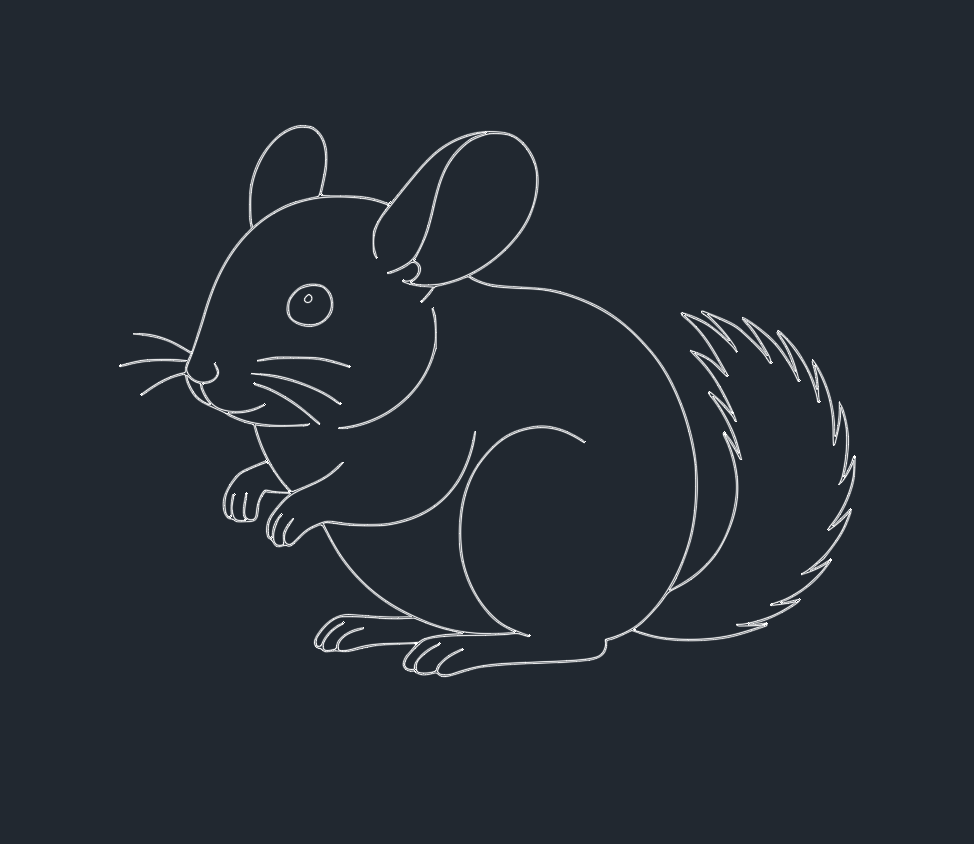
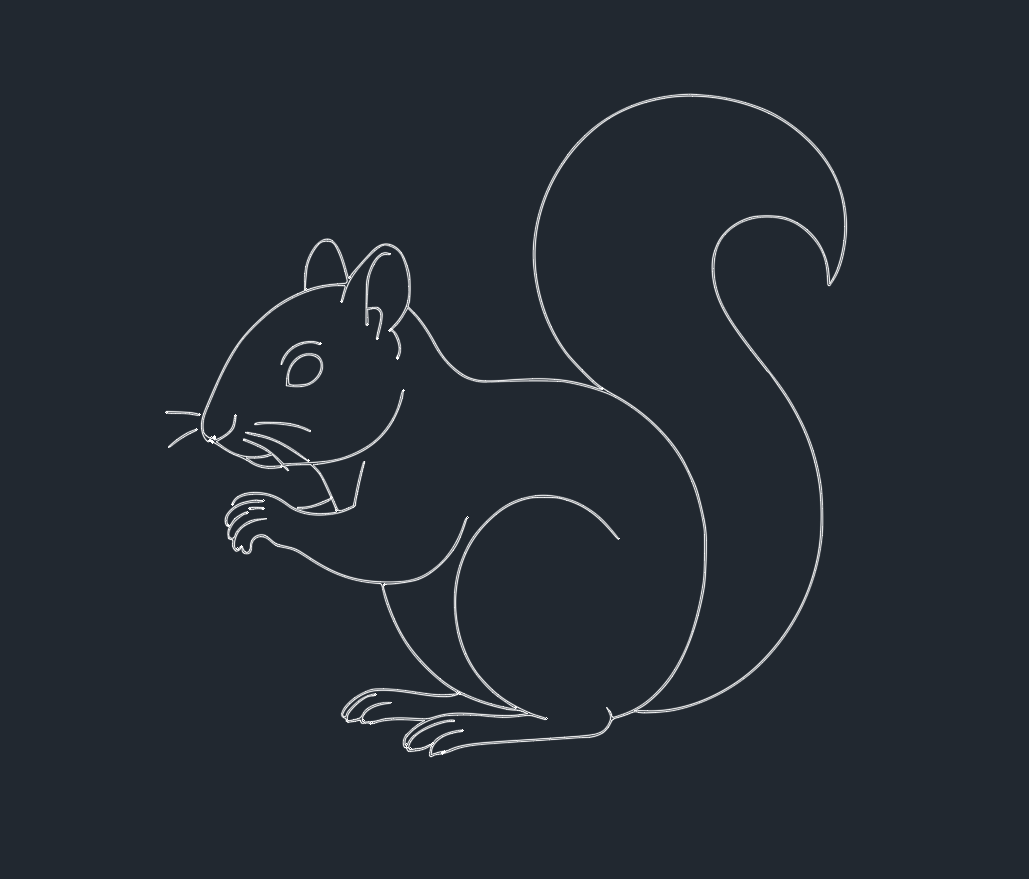
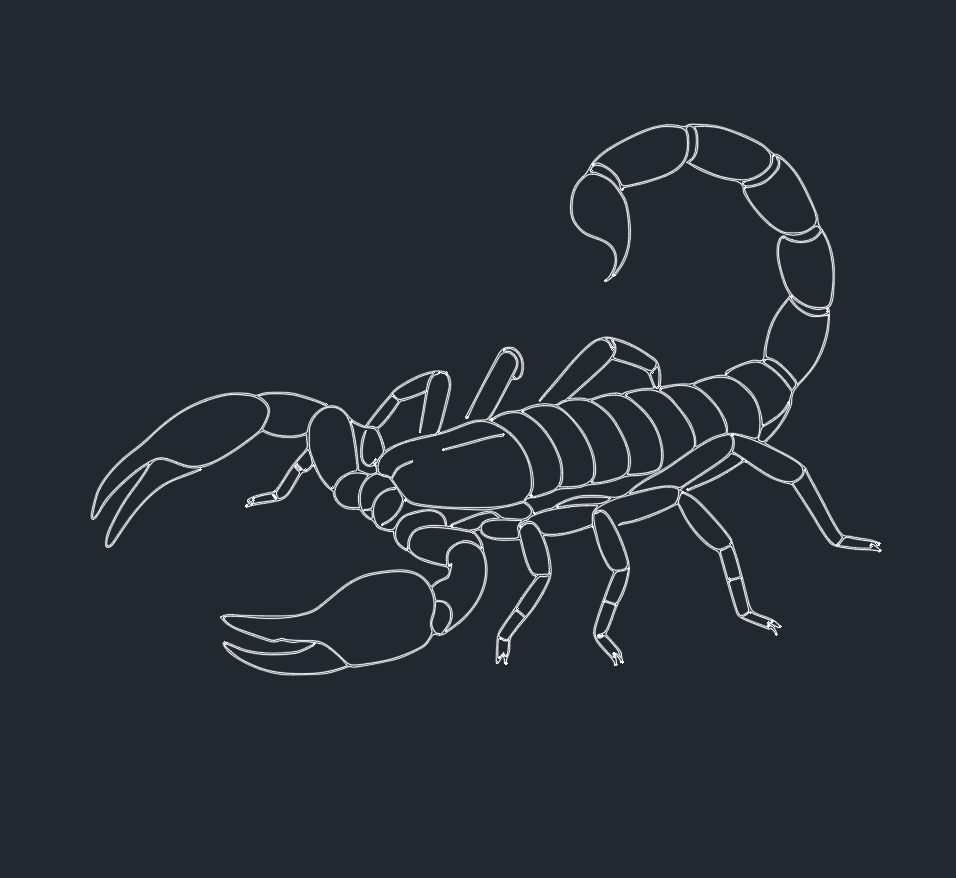
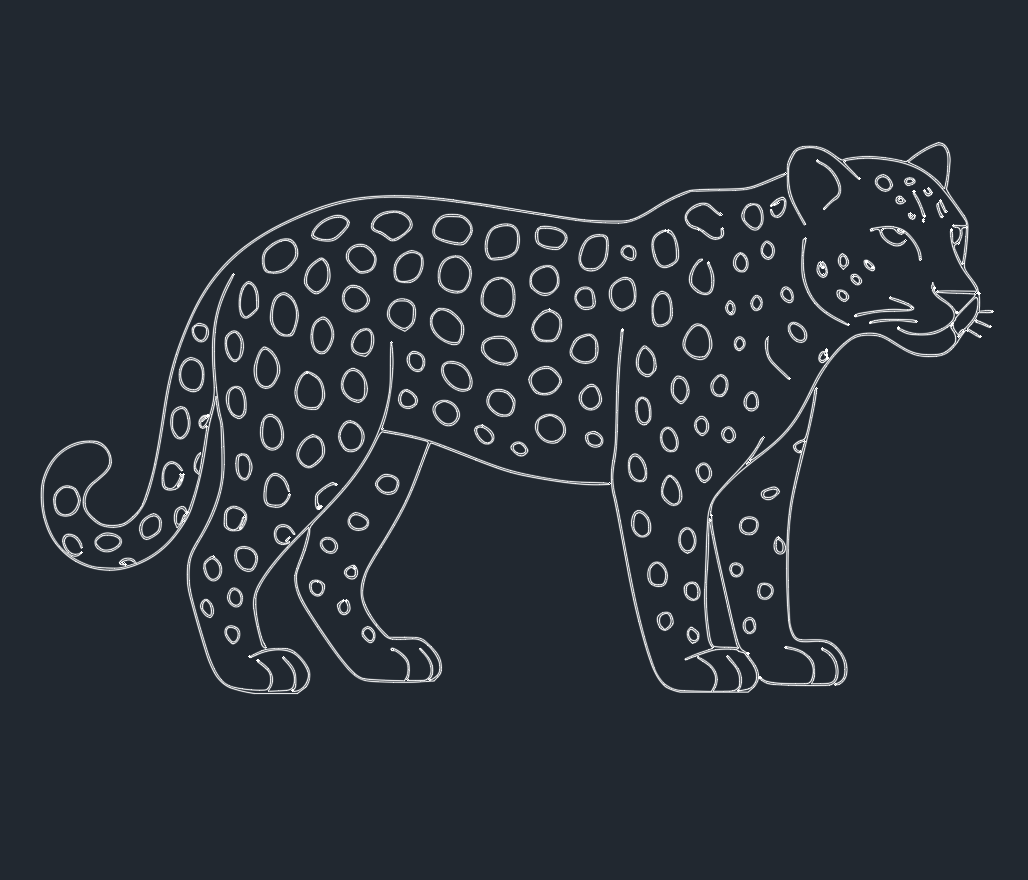
Leave a Reply
You must be logged in to post a comment.